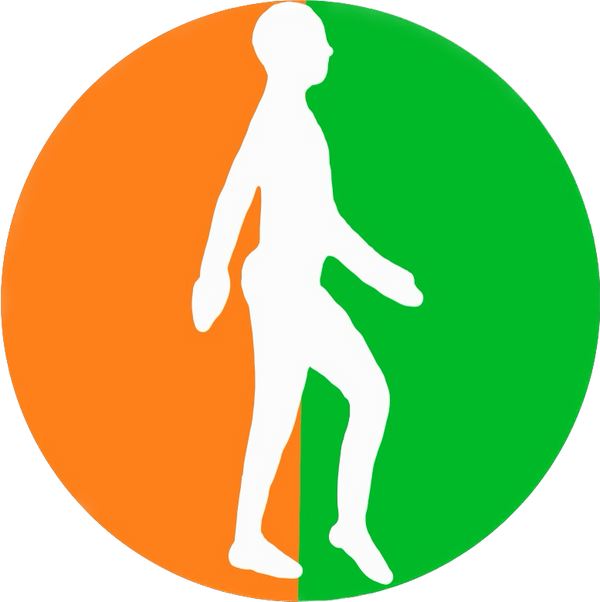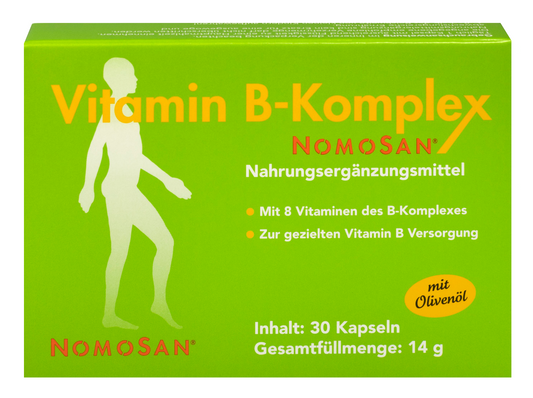What are bioflavonoids?
Bioflavonoids are a group of polyphenol compounds that are widely distributed in plants. They not only give plants their color, but also provide numerous health benefits to humans. Flavonoids can be divided into several subgroups, including flavonols, flavones, flavanones, isoflavones, anthocyanidins and flavanols, each with specific biological activities.
Benefits of bioflavonoids
-
Antioxidant properties : Flavonoids have powerful antioxidant properties that help neutralize free radicals. These free radicals are unstable molecules that can damage cells and lead to chronic diseases.
-
Immune system support : Flavonoids may support immune system function by promoting the production and activity of immune cells.
-
Promote heart health : Flavonoids can support blood vessel function and help maintain normal blood pressure.
-
Support skin health : Thanks to their antioxidant properties, flavonoids can protect the skin from oxidative stress and thus help maintain healthy skin.
-
Help regulate blood sugar : Flavonoids may help maintain normal blood sugar levels, which is especially important for people with diabetes.
Groups of bioflavonoids and their sources
-
Flavonols : This group includes compounds such as quercetin and kaempferol. They are found in high concentrations in onions, kale, leeks and berries.
-
Flavones : These include apigenin and luteolin, which are found in parsley, thyme and celery.
-
Flavanones : This group includes naringenin and hesperetin, which are abundant in citrus fruits such as oranges, lemons and grapefruits.
-
Isoflavones : Known for their phytoestrogenic properties, they are found mainly in soybeans and soy products.
-
Anthocyanidins : These flavonoids are responsible for the red, blue and purple colors in berries, cherries and eggplants.
-
Flavanols : These include catechins and epicatechins, which are mainly found in green tea, apples and chocolate.
Recipe to increase bioflavonoid intake: Berry salad with citrus vinaigrette
A berry salad is a delicious and easy way to consume a variety of bioflavonoids. Here is a simple recipe:
Ingredients :
- 1 cup blueberries (rich in anthocyanins)
- 1 cup raspberries (rich in anthocyanins)
- 1 cup strawberries, sliced (rich in anthocyanins)
- 1 cup red grapes, halved (rich in flavanols)
- 1 orange, peeled and cut into pieces (rich in flavanones)
- 1 tablespoon honey or maple syrup (optional, for sweetness)
- Fresh mint leaves for garnish
For the citrus vinaigrette :
- Juice of 1 lemon (rich in flavanones)
- Juice of 1 orange (rich in flavanones)
- 2 tablespoons olive oil
- 1 teaspoon Dijon mustard
- Salt and pepper to taste
Preparation :
- In a large bowl, combine blueberries, raspberries, strawberries, grapes and orange segments.
- In a small bowl, whisk together lemon and orange juice, olive oil, Dijon mustard, salt and pepper to make a smooth vinaigrette.
- Pour the vinaigrette over the berry salad and stir gently until well combined.
- Garnish with fresh mint leaves if desired and serve immediately.
Conclusion
Bioflavonoids are fascinating natural compounds with a variety of health benefits. Their antioxidant and immune-supporting properties make them valuable nutrients for overall health. By incorporating flavonoid-rich foods into your diet, as in the recipe above, you can reap the numerous benefits of these natural compounds.
Sources :
- "Flavonoids: A review of probable mechanisms of action and potential applications,"
- "The role of flavonoids in the diet: effects on risk and prevention of cardiovascular diseases," Cambridge University Press, Link
- "Flavonoids and other polyphenols in human health and disease,"

